Outdoor display comparison: iPhone 6s vs S7 edge vs 10 vs G5
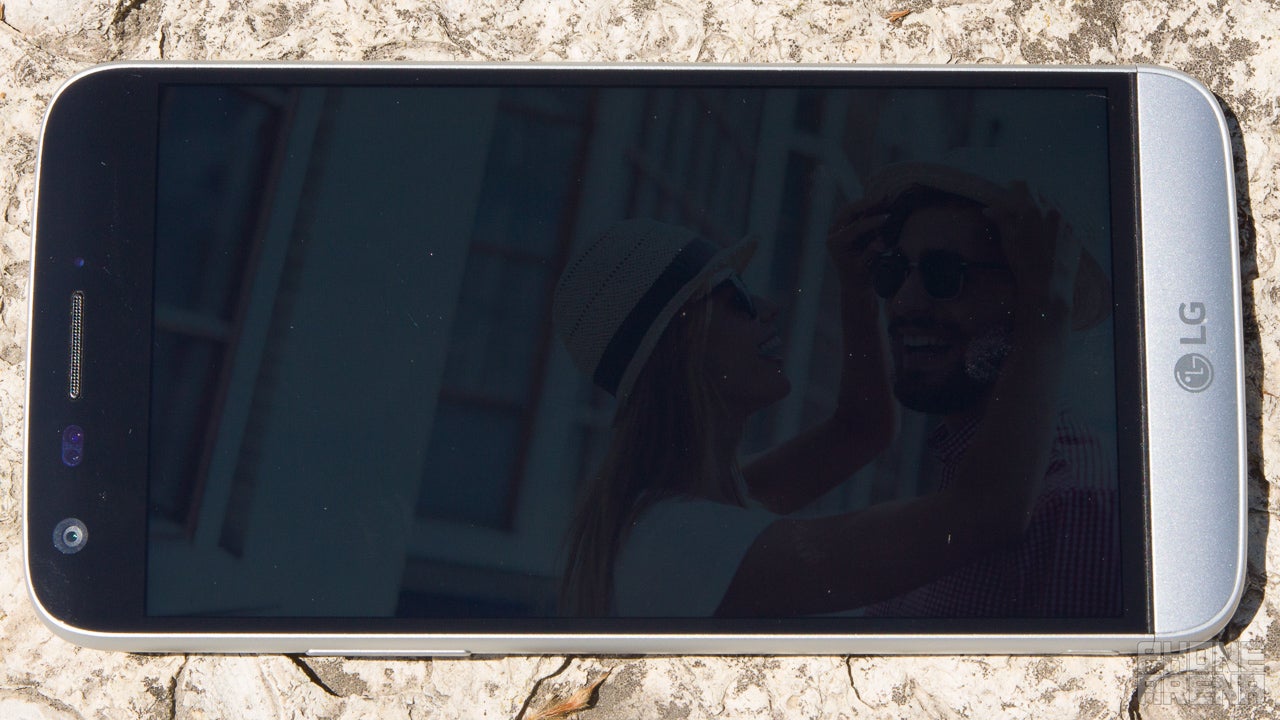
Where is your god now? Our smartphones' displays are still barely visible on sunny days!
The Sun is some 92.9 million miles (149.6 million km) away, or about 75 years worth of non-stop driving at 140 miles per hour (230 km/h). Even if you get a really fast car and set off today, chances are you won't get there on time. The point is, the thing's pretty damn far, yet the vast space of nothing between our lovely star and us doesn't seem to stop it from making our smartphone screens look pathetically dim on clear days. We've all been there – it's summer, the Sun's burning hot, you take your smartphone out of your pocket with a flick of a sweaty wrist, and start staring and squinting to painful degrees just to read an email.
And while we're not saying phone makers aren't trying, progress in the area hasn't been particularly intense in the last few years. The displays of top smartphone models usually hover around the 450 – 550 nits mark, which tends to be OK in cloudy conditions at least, but definitely not ideal. With this in mind, we were interested to see if the latest crop of superphones does anything special to push the envelope when it comes to outdoor visibility, or if we're pretty much stuck in the same place. Entering the arena are the Apple iPhone 6s, Samsung Galaxy S7 edge, HTC 10 and LG G5. The best of the best, right? Our first and admittedly not-so-exciting stop is the specs sheet. Let's see what we're dealing with!
The industry's top phones
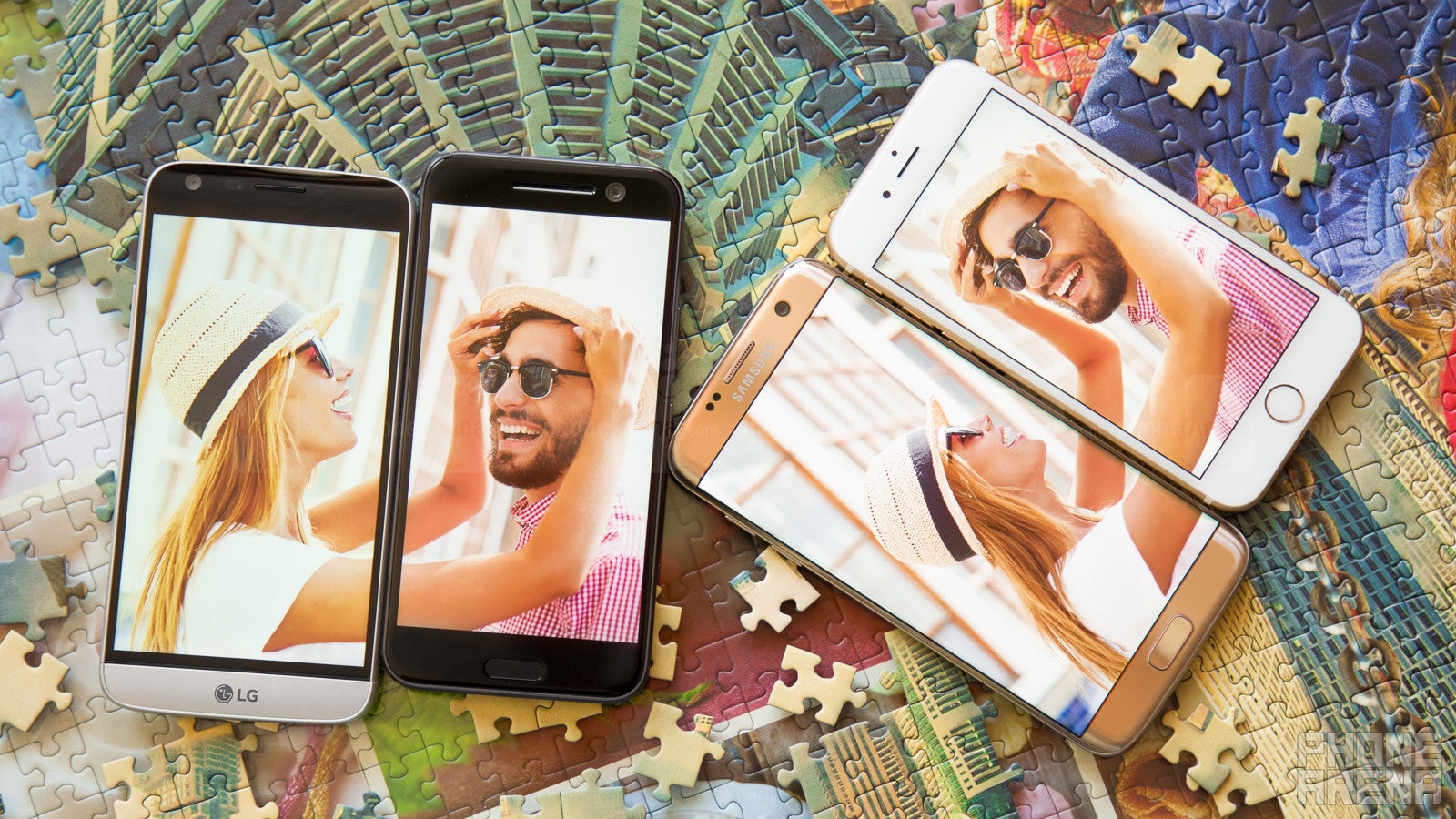
| Size and tech | Resolution | Maximum brightness measurement | |
| Apple iPhone 6s | 4.7" IPS LCD | 750 x 1334 px | 554 nits |
| Samsung Galaxy S7 edge | 5.5" Super AMOLED | 1440 x 2560 px | 493 nits |
| HTC 10 | 5.2" S-LCD 5 | 1440 x 2560 px | 375 nits |
| LG G5 | 5.3" IPS LCD | 1440 x 2560 px | 816 nits |
Now that this is our of the way, it's time for the more intriguing part, and that's finding out which one of these screens is the least bad when viewed outdoors, in the real world.
The G5 managed an outstanding 816 nits in our controlled environment, but out in the wild – it's the dimmest of them all.
Let's start with the elephant in the room, which we suppose is the maximum brightness measurement of the LG G5 – the outstanding 800 nits, which is indeed a ridiculously high output. This measurement, like those we made for all other phones, was taken in a fully controlled environment – an environment that ensures we're always testing displays in exactly the same conditions. We want this, because we want all our measurements to be comparable. And to a large degree, they are comparable, but not always. The trouble with controlled environments is, well, they are not real. You don't get them in the real world, where countless variables change every second. All this is to say that brightness measurements done in a lab won't always reflect how perceivably bright a screen is going to be.To get to the point, due to higher reflectivity, the brightness boosting software not kicking in when it should, or something else, our real-life observations revealed that the G5 actually has the hardest screen to view under sunlight. We tried it in a number of different positions and angles, and just couldn't get it to shine any brighter, despite it being a very, very sunny day.
This is what their screens look like outdoors, on a sunny day:
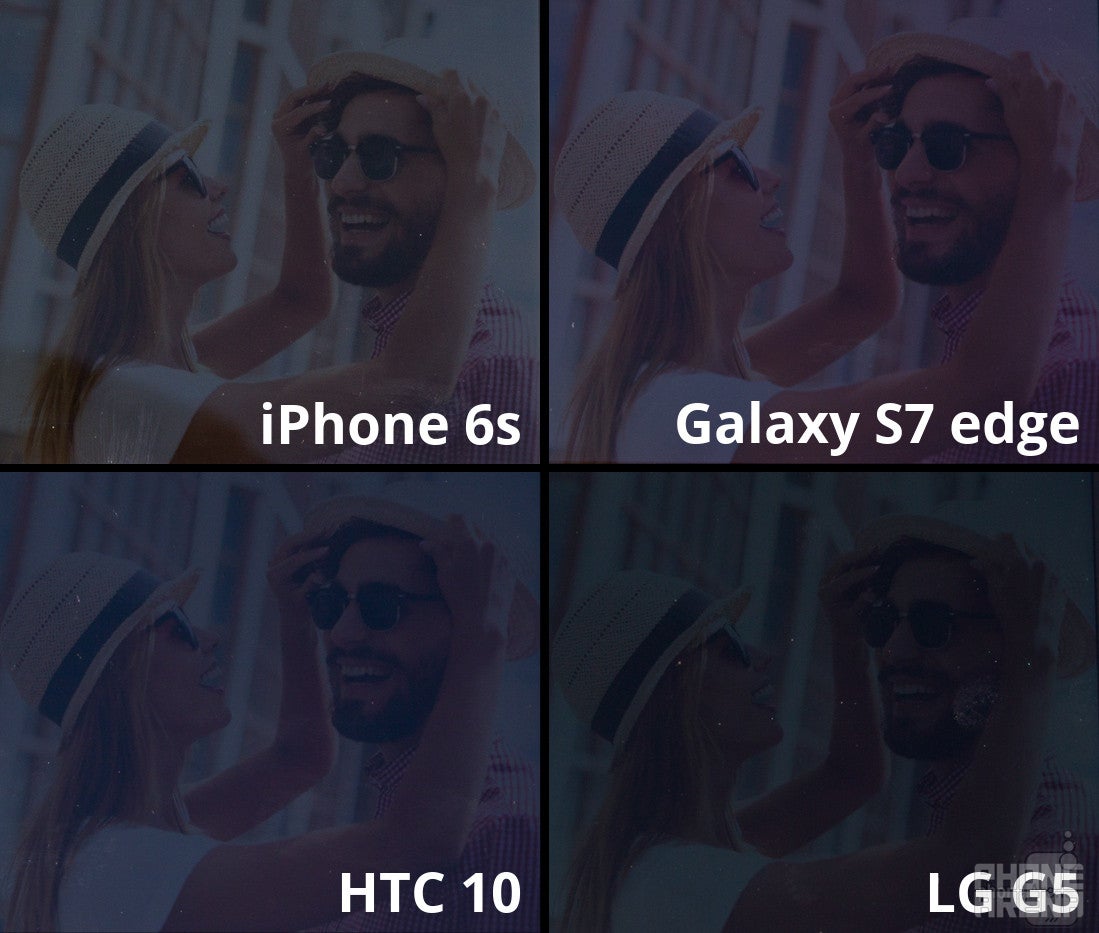
Pathetic? Oh well, maybe just a bit.
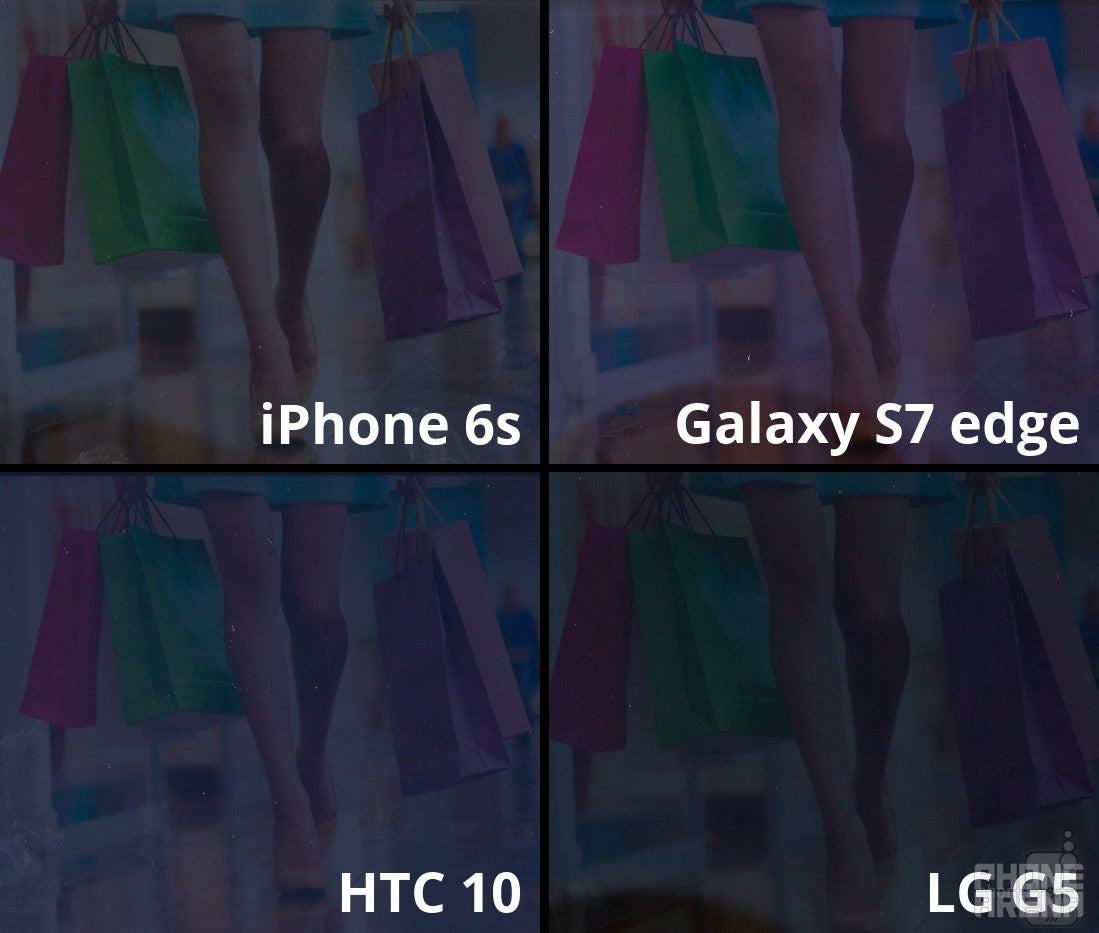
Working our way up from the bottom, next up is the HTC 10, where the situation is slightly better, but not by much. This time, we'd say the 10's measured brightness output of 370 nits is way more representative of what's really going on – a screen which is far from ideal when viewed outdoors. We don't think HTC's department has made any real progress in this area during the last couple of years.
And the winners are...

Overall, the iPhone 6s and Galaxy S7 edge are noticeably easier to view on sunny days; definitely not perfect, but ahead of LG and HTC.
And so, it appears our initial thoughts going into this article were mostly correct: there hasn't been much progress with regards to how easy it is to read a smartphone screen out in the open. As before, the iPhone offers the best results, with Samsung now pulling off some clever tricks to deliver comparable performance. What is especially disappointing is that other big companies, like LG and HTC, can't seem to keep up, meaning that if you don't happen to get your smartphones from either Apple, or Samsung, you'll most likely be stuck with poor outdoor visibility.
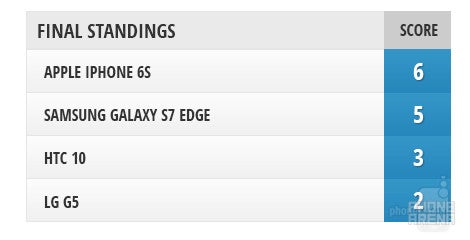
The ratings are out of 10! We're nowhere close to where we need to be.
We're obviously yet to witness a breakthrough technology that will eventually let us comfortably enjoy our smartphones in all kinds of conditions. Display companies, put your lab coats on and get to work, because the Sun won't be getting any dimmer at least for the next few billion years!

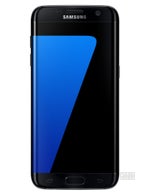
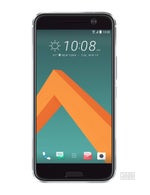
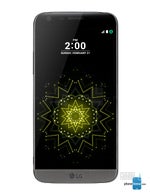

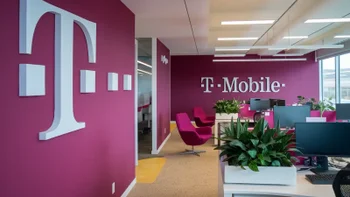
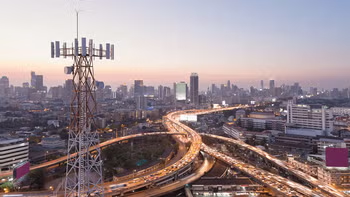

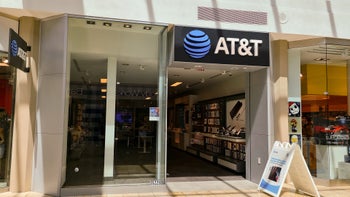
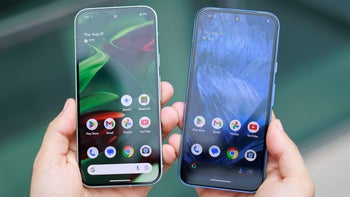

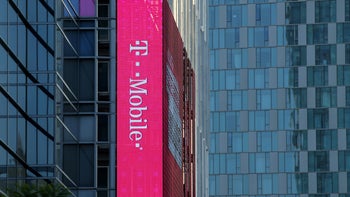
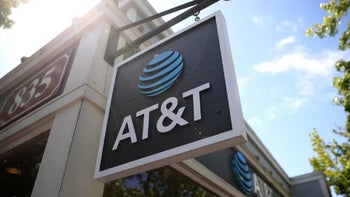
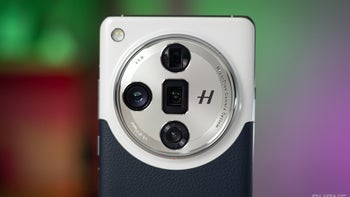
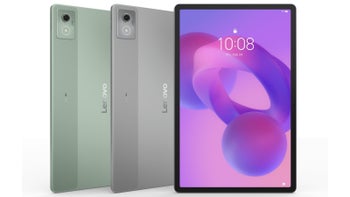
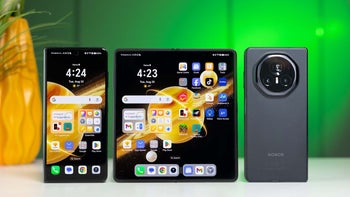
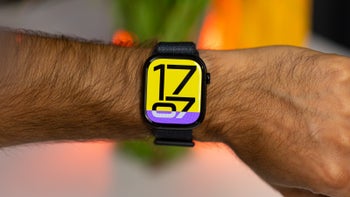
Things that are NOT allowed: